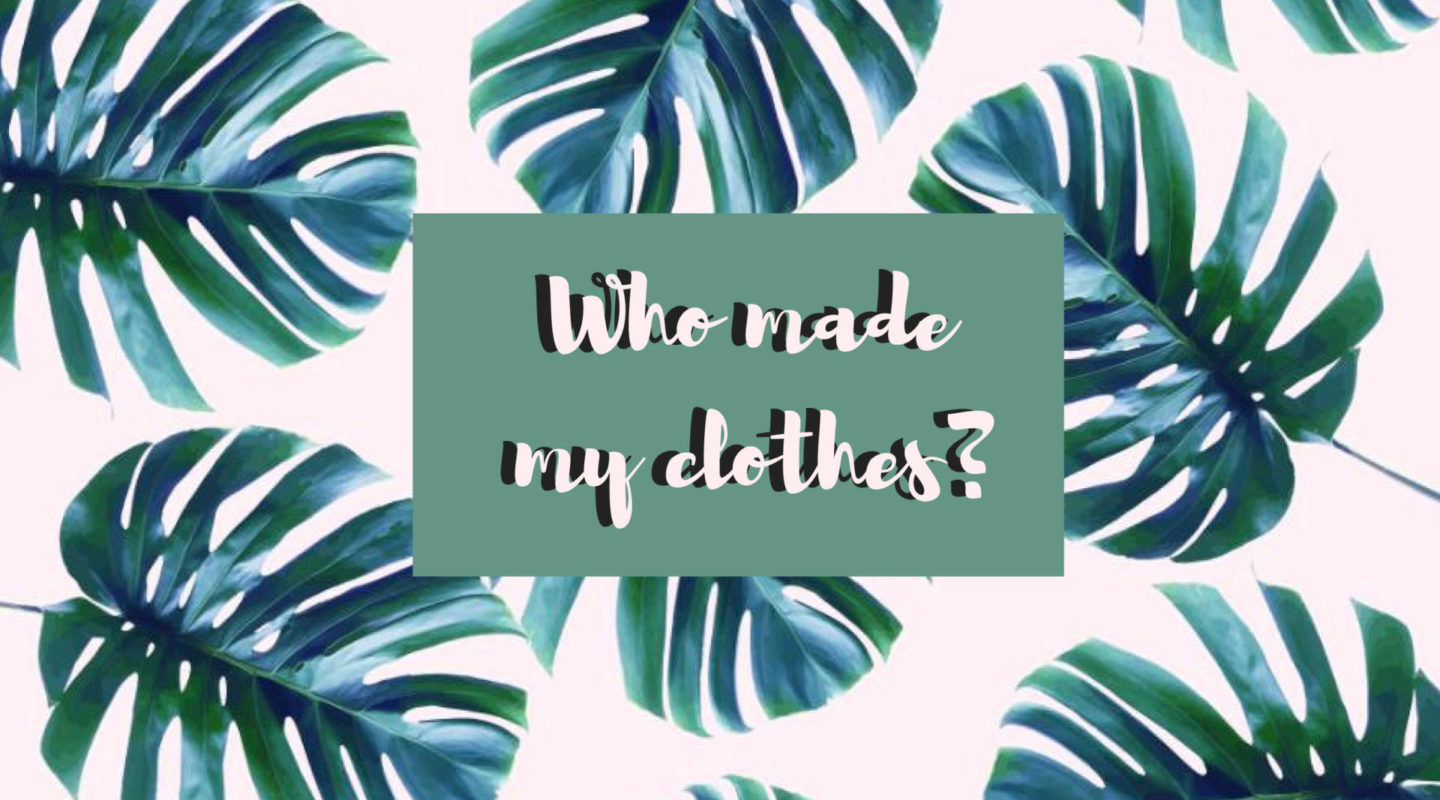
Fashion Revolution Week, running April 18-24, helps to raise global awareness of the true cost of the fashion industry and shows that change is possible through creating more sustainable clothes.
The fashion industry is the second largest polluter on the world, affecting people, environment, animals, and waters.
Sustainable fashion is, ideally, understood through three main aspects: protected environment, healthy working conditions, and smart way of purchasing clothes.
First, sustainable fashion is clothing that hasn’t caused a carbon footprint on the environment and hasn’t polluted water sources with synthetic chemicals throughout the production process. Clothing which is made of a fabric produced in a sustainable way, either a close loop cycle where there is no waste, or recycled and repurposed. “About 15 per cent of fabrics end up on the cutting room’s floor in a manufacture,” said Kirsten Schaefer, who is a part time instructor in sustainability and textiles at School of Fashion at Ryerson University. “We lose a lot of material before it even becomes a clothing.”
Second, sustainable fashion is clothing made in ethical working conditions, where the workers are treated fairly, safely and get paid a fair wage for their labour. “There are people who make our clothes and when clothes are really cheap, someone is hurting somewhere,” said Donna Bishop, who is a founder of Green Beauty Inc., and a board member of Fashion Group International.
Third, sustainable fashion is clothing that is purchased in a sustainable way. Customers need to think more critically about shopping and do their research about products before purchasing. “Buy less clothing, buy second-hand clothing, and make smart choices while shopping. We live in a culture where we are encouraged to buy, buy, and buy, but nobody needs that much stuff,” said Schaefer.
People have become accustomed to have more and more clothes. According to Bishop, an average person in the U.S. wastes an enormous amount, about 32 kilograms, of clothing each year and a lot of that just end up on landfill.
Sarah Power, who is a founder of Inland, an event connecting shoppers with Canadian brands, encourages emerging designers to always keep in mind that no matter how sustainable the clothes they produce are, “good designs do not scream ‘eco-friendly!’ they have just appealing aesthetics, which make people buy them.”
Cathleen Calica, an emerging Toronto designer, creatively customizes old fabrics, recycled garments and vintage clothes to make them her own style.
Elear, Calica’s brand, is an initiative to make a change – help the environment and the community around her. “I want to connect to people and to the environment through my clothing line called Connect The Dots,” she said.
“Your body acts in the same way the environment does. If you are not wearing the right material on your body, it is actually bad for you,” Calica said.
Monah Water, a fairly new designer establishing her brand Majestic Wisdom, dedicates her designs to timelessness and betrays mass production.
“As I build as a brand and as I grow as a designer, I would like to create pieces that are stylish regardless of the year and the season. I want to create designs that can be worn anytime,” Water said.
Since customers do not have a lot of background information about the clothes they buy, Water’s future plan is to persuade textile suppliers to provide information where the materials are coming from.
Niki Gerety, a fashion designer behind the label NG, does everything form the coming up with an initial concept of the design to making a pattern, sewing the garment, putting it together, and finishing it in her home studio.
Gerety works right now with fabrics from U.K., “trying to find things that are locally sourced in Toronto is quite difficult and expensive as well,” she said.
“If you want to go and pay $10 for a T-shirt I can’t stop you, but you have to think about all the things that are attached to it. It was probably made somewhere in Bangladesh, Vietnam or Mexico, in worst case scenario it was made by a child who is underage and gets paid maybe a $1 per week to live on,” Gerety said.
There are more and more brands that offer very transparent ways of producing and use organic fabrics in their designs. Bishop advises young designers to be really aware of their costs. “The truth is that it does cost more to make things locally than offshore,” she said. Educating customers on websites and clothing tags, and letting them know why it costs more instead of what it used to be is a really important step towards sustainable shopping.
There is a shift in shopping clothes, and consumers gradually are going back to the time when people were buying fewer pieces that were meant to last longer. “There is not going to be any Forever 21 or Joe Fresh pieces in vintage shops in 20 years from now, they just won’t last,” Bishop said.

